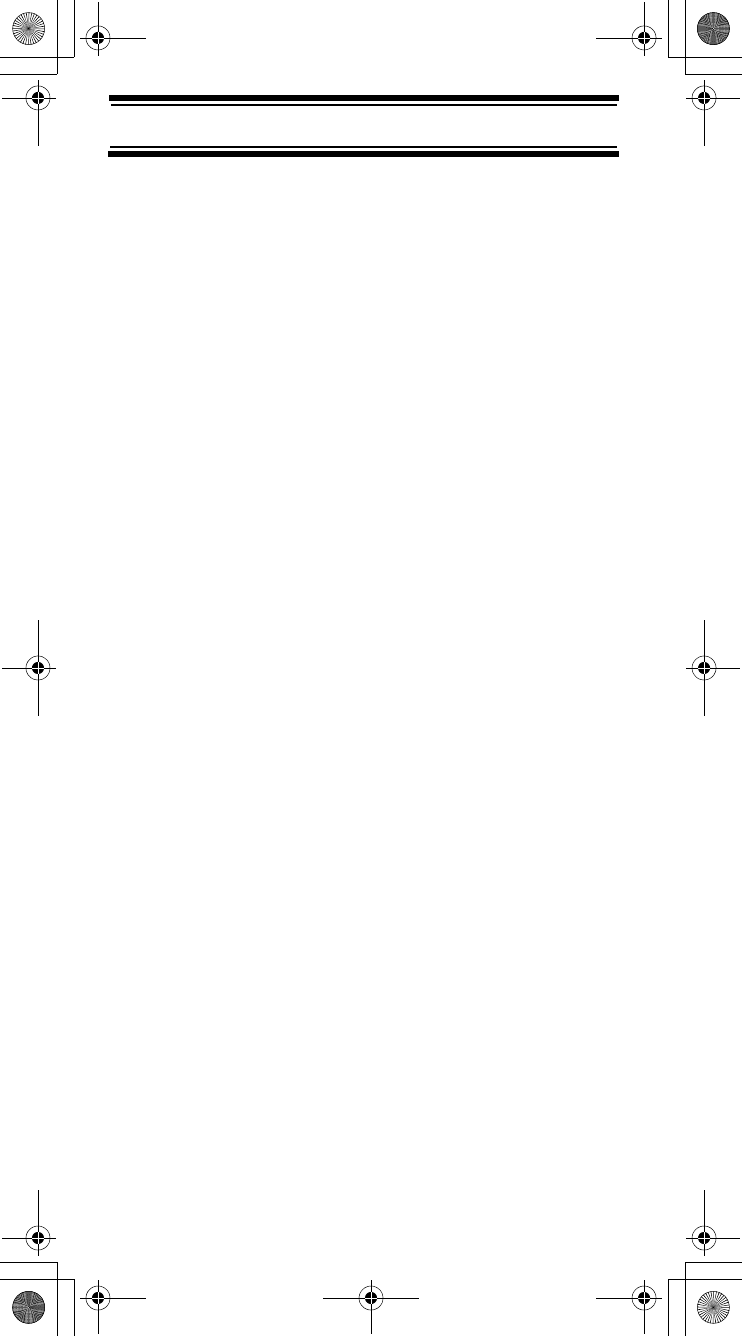
16
Understanding Scanning
for any active frequency within the lower and upper limits
you specify. When the scanner finds an active frequency,
it stops on that frequency as long as the transmission
lasts. If you think the frequency is interesting, you can
program it into the scanner’s
memory. If not, you can continue to search.
What is CTCSS/DCS?
Your scanner can monitor systems using a Continuous
Tone Coded Squelch System (CTCSS) and Digital Coded
Squelch (DCS) system, which allow squelch to open only
when the tone you have programmed with a specific
frequency is received along with a transmission.
CTCSS and DCS are subaudible tone signaling systems
sometimes referred to as PL or DPL (Motorola’s
trademarked terms for Private Line and Digital Private
Line respectively). CTCSS and DCS are used only for FM
signals and are usually associated with both amateur and
commercial two-way frequencies. These systems make
use of a special subaudible tone that accompanies a
transmitted signal.
CTCSS and DCS are used for many purposes. In many
cases, CTCSS and DCS are used to restrict access to a
commercial repeater, so that only those units, which
transmit the correct tone along with their signal can “talk”
to the repeater.
CTCSS and DCS are also used in areas that receive
interference where there are several stations with output
frequencies close to each other. When this occurs, you
might hear multiple communications on the same
frequency. The stations might even interfere with each
other to the point where it is impossible to clearly receive
any of the stations. A scanner equipped with CTCSS and
DCS (like your scanner) can code each received
frequency with a specific CTCSS or DCS frequency.
Then, when you receive multiple signals, you only hear
the transmission with the CTCSS or DCS tone you
programmed. If you do not receive the correct tone with a
signal, the scanner’s squelch remains closed and you
hear nothing.
SC230 Paper OM 062206.fm Page 16 Friday, July 21, 2006 7:39 PM


















